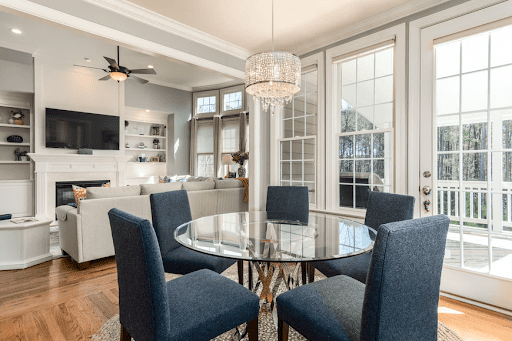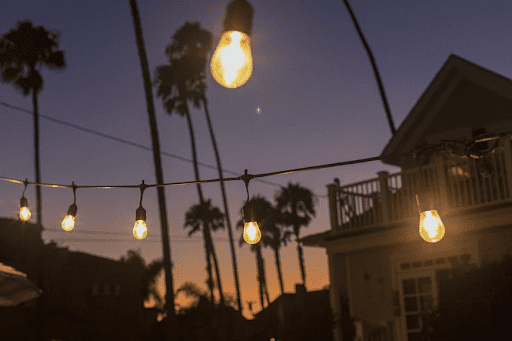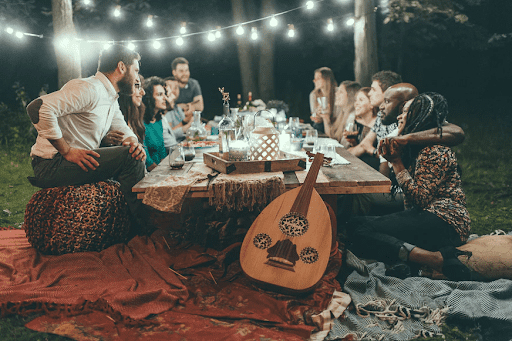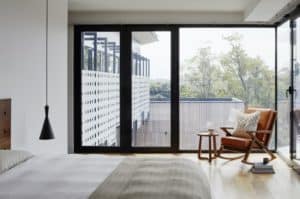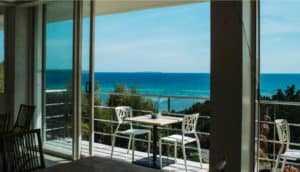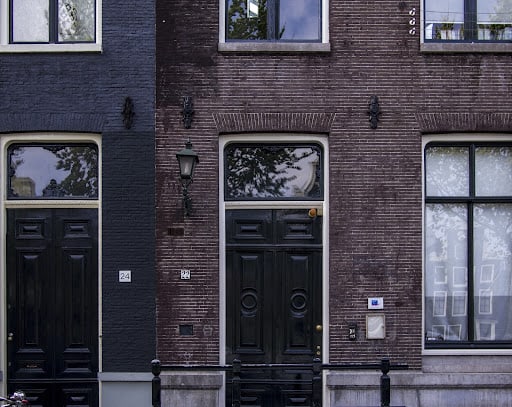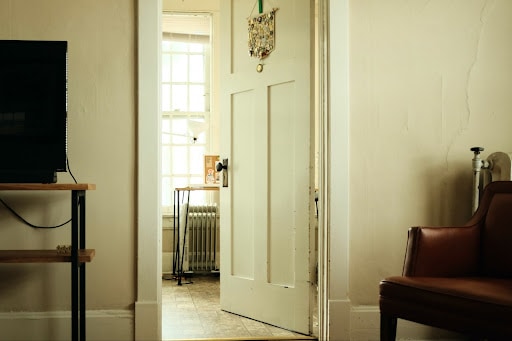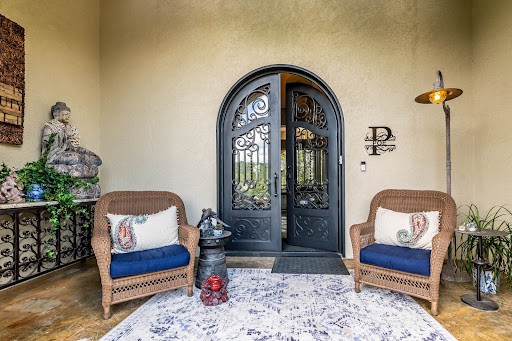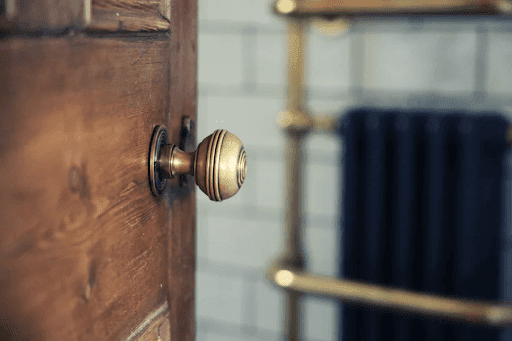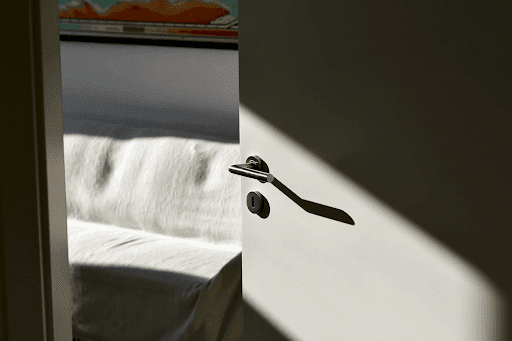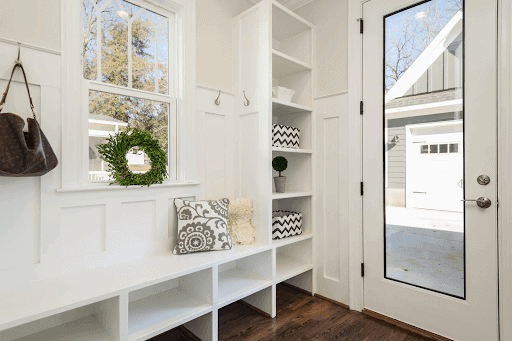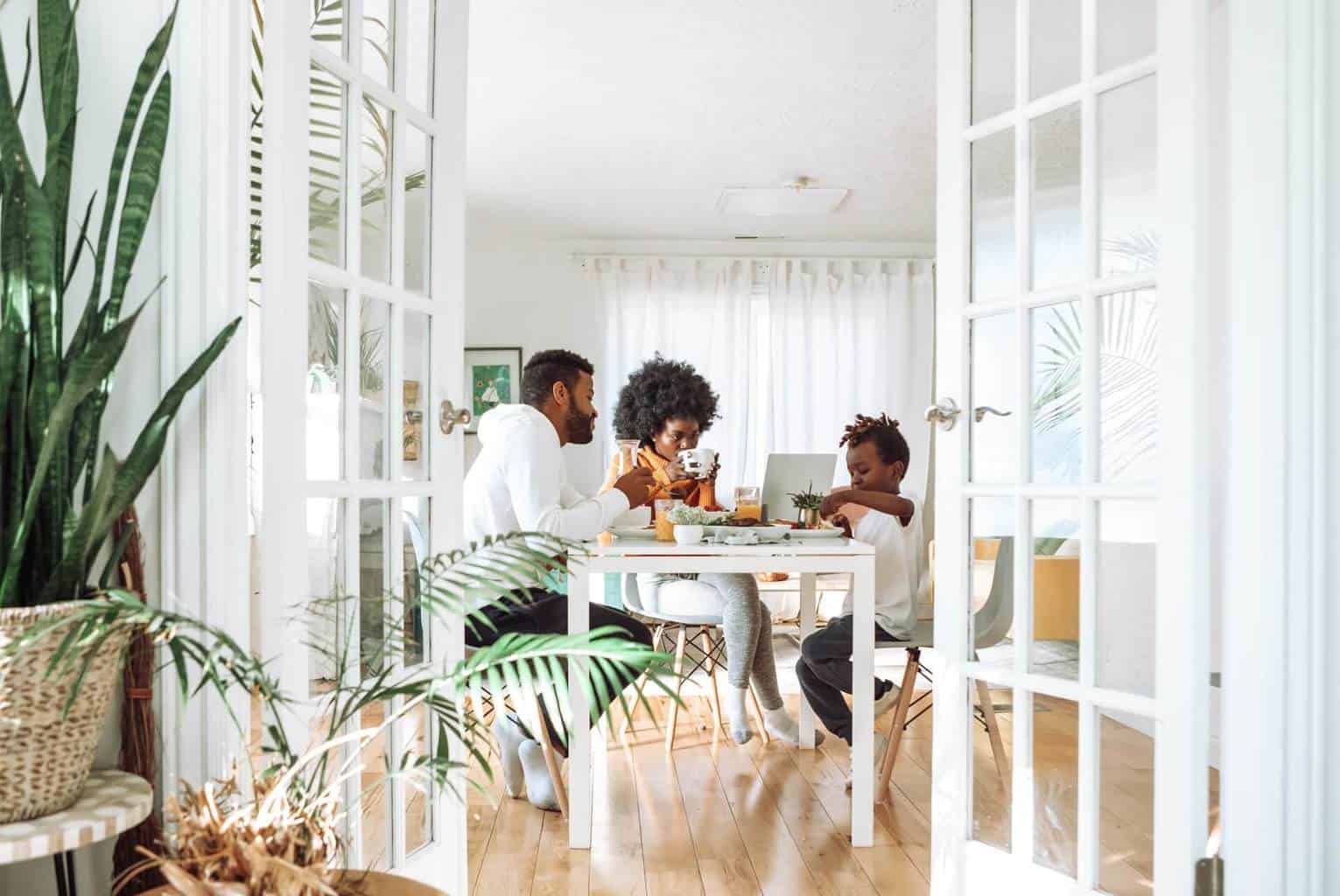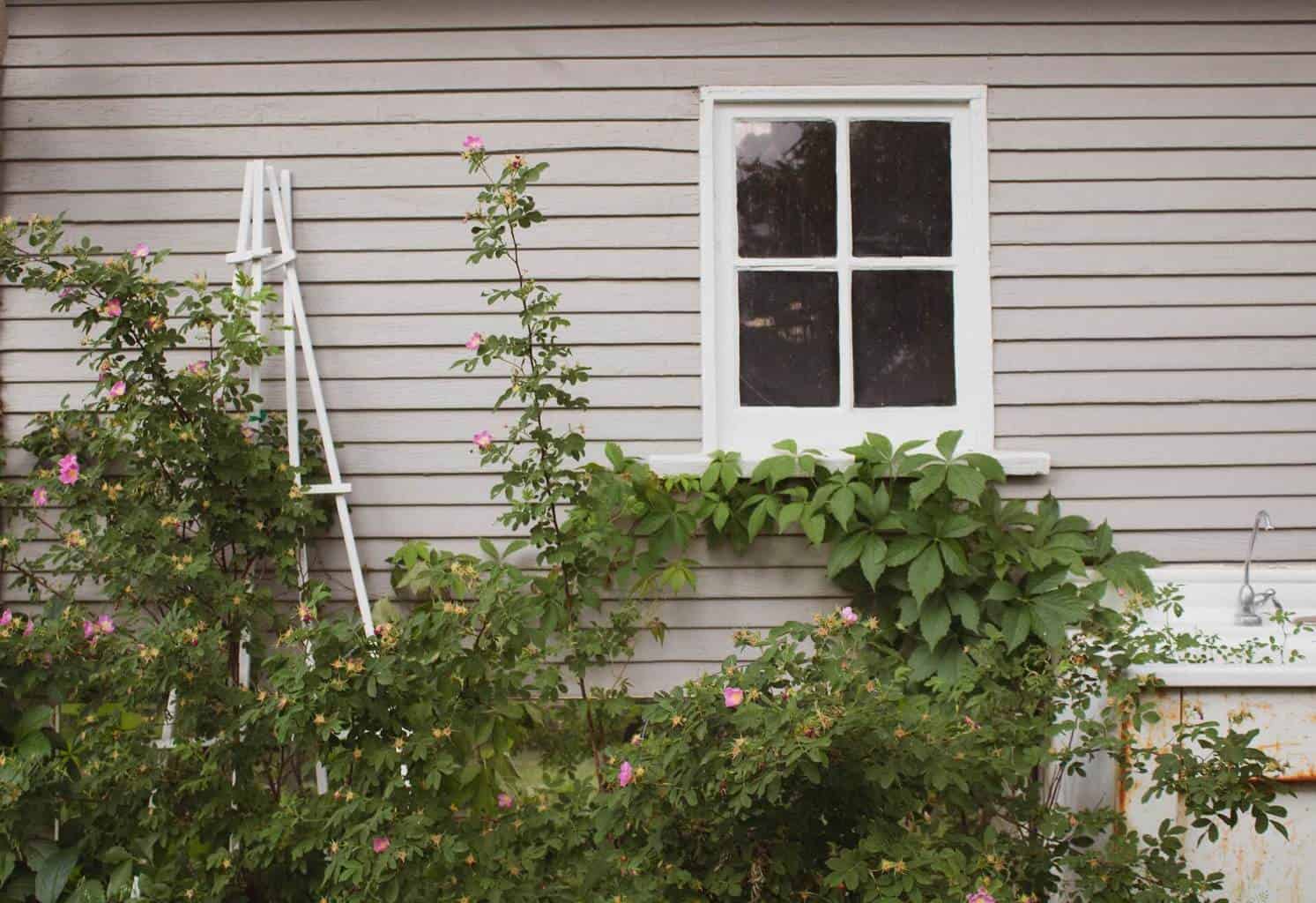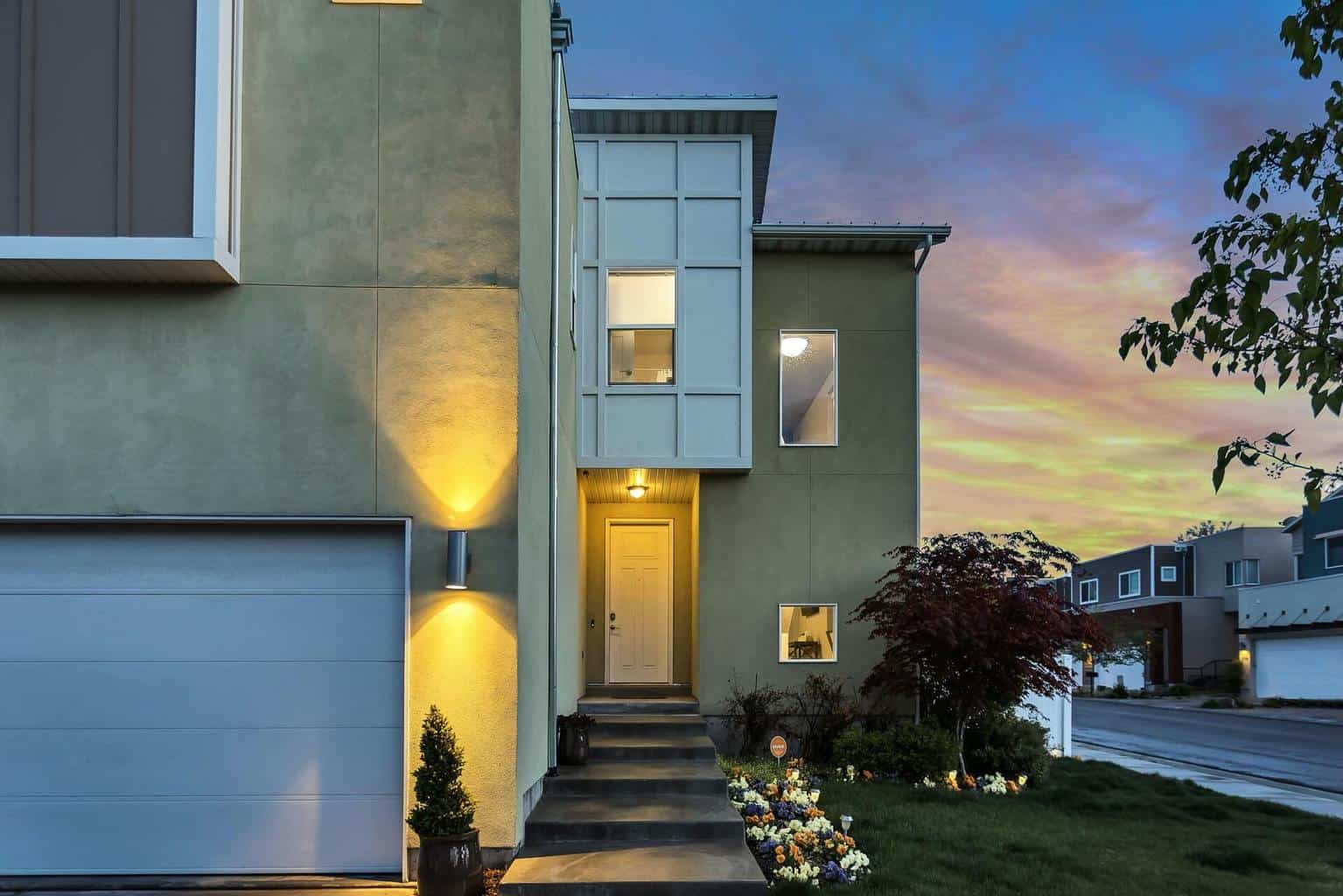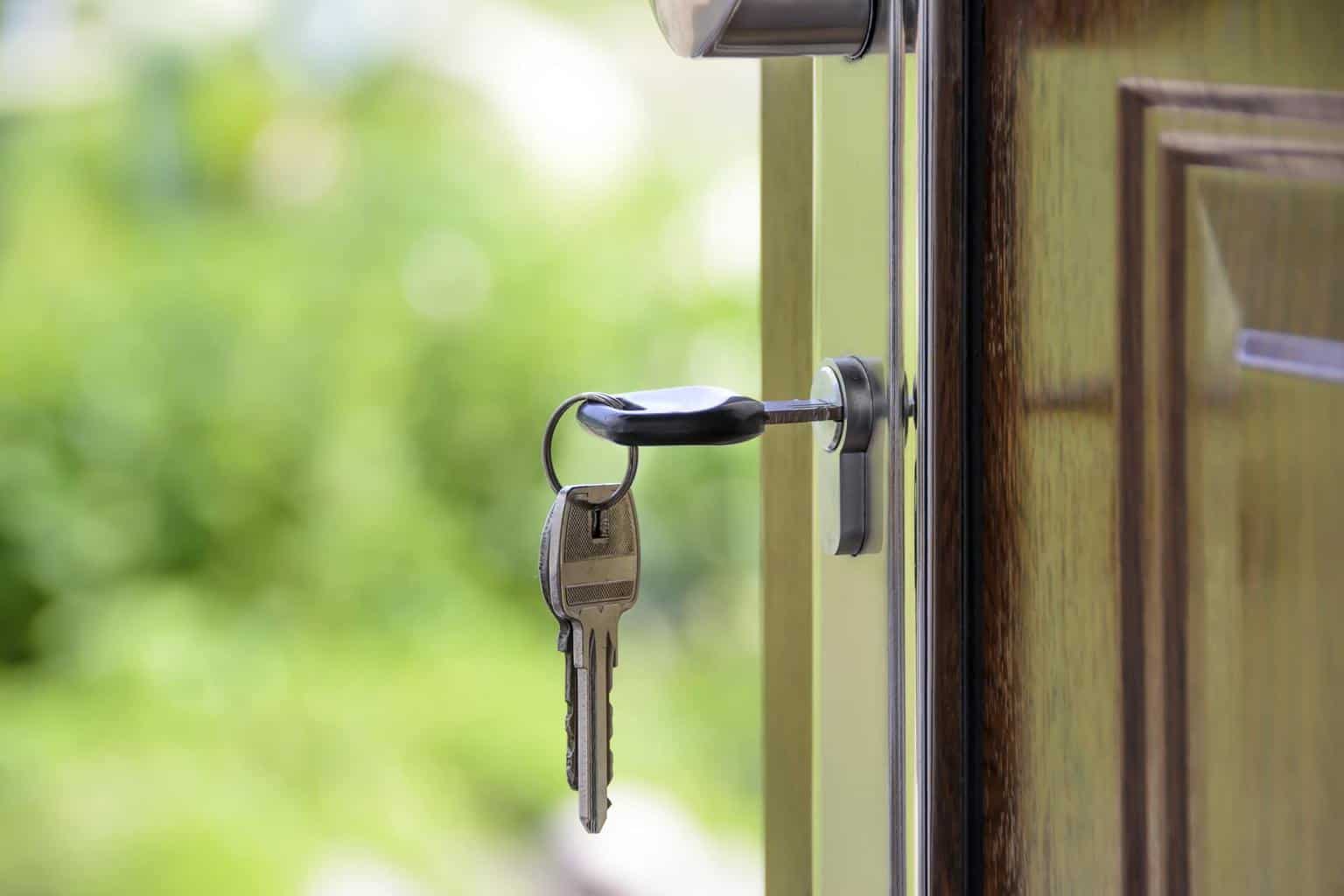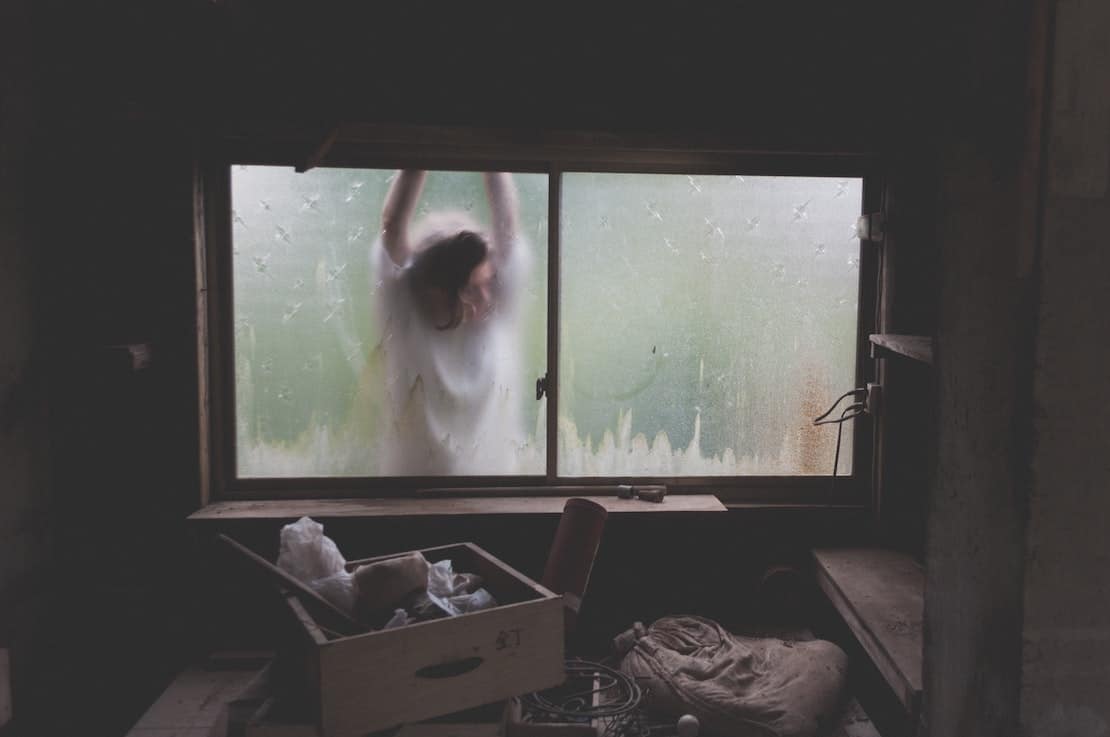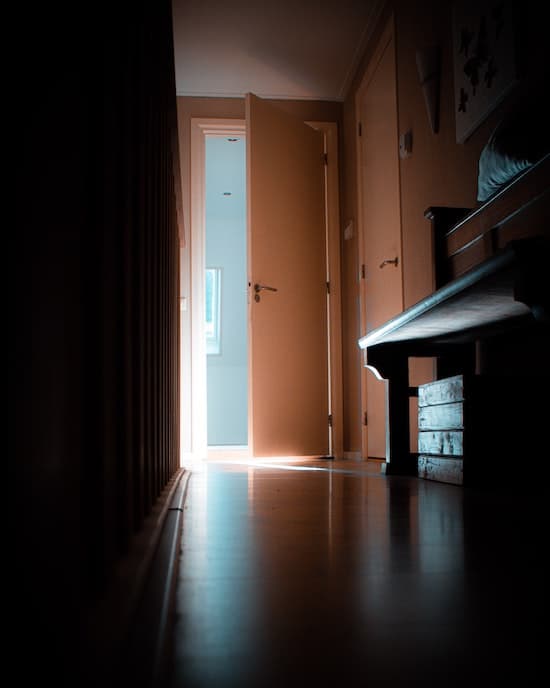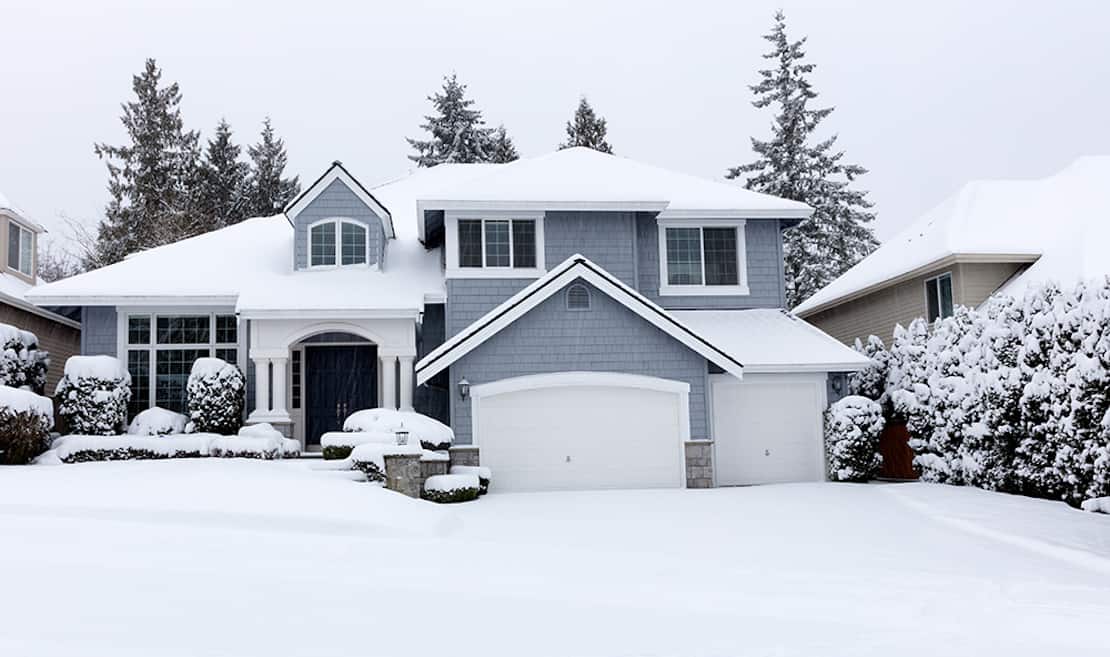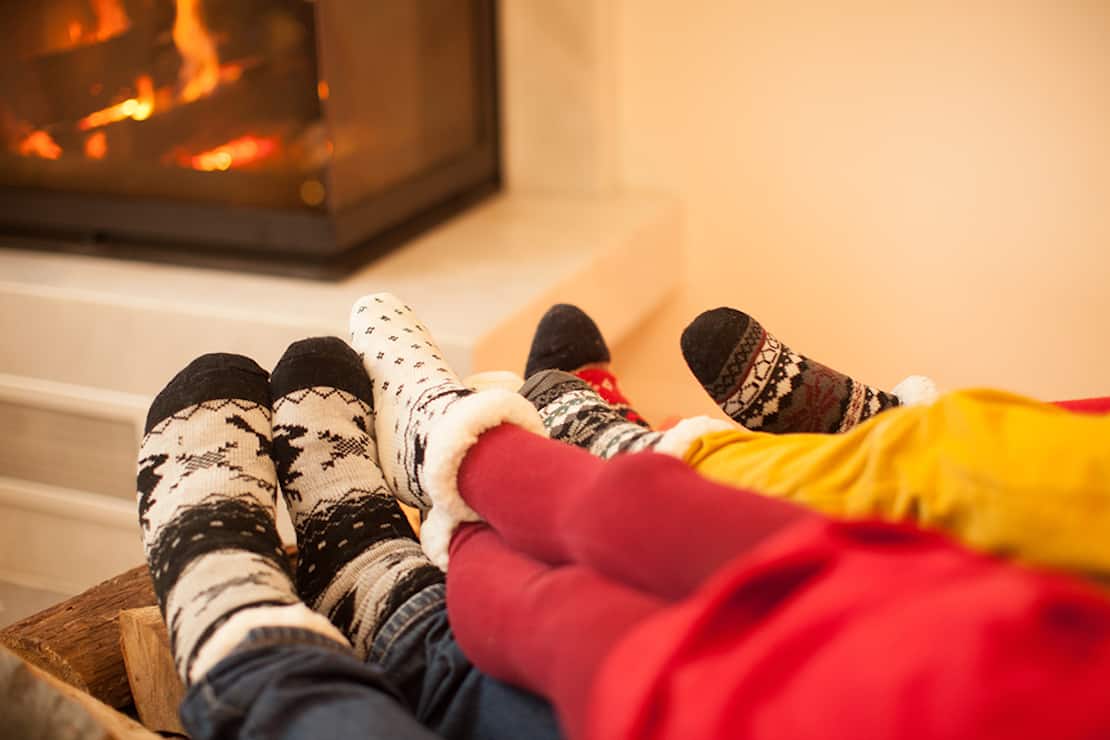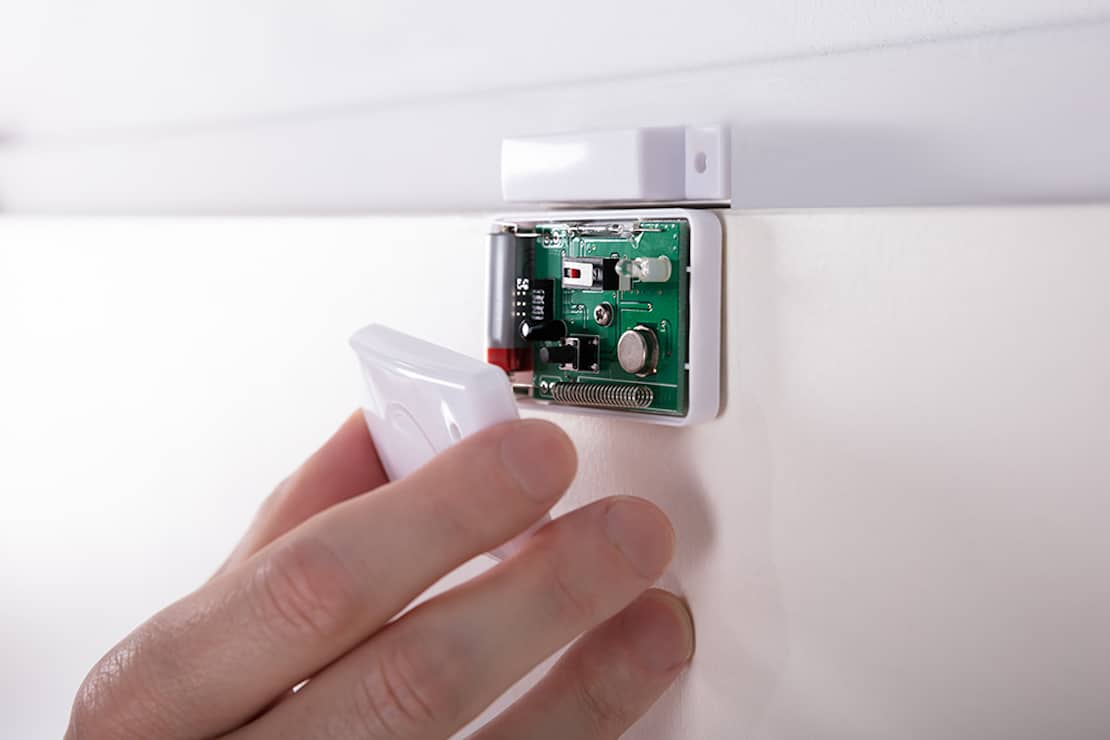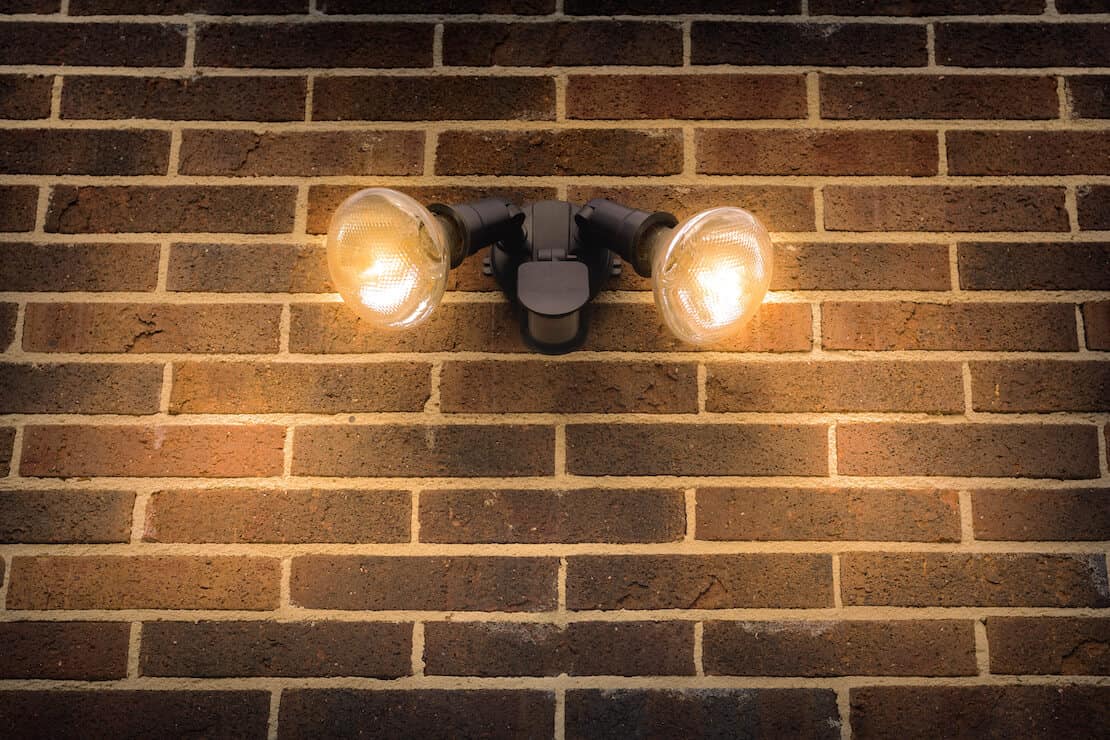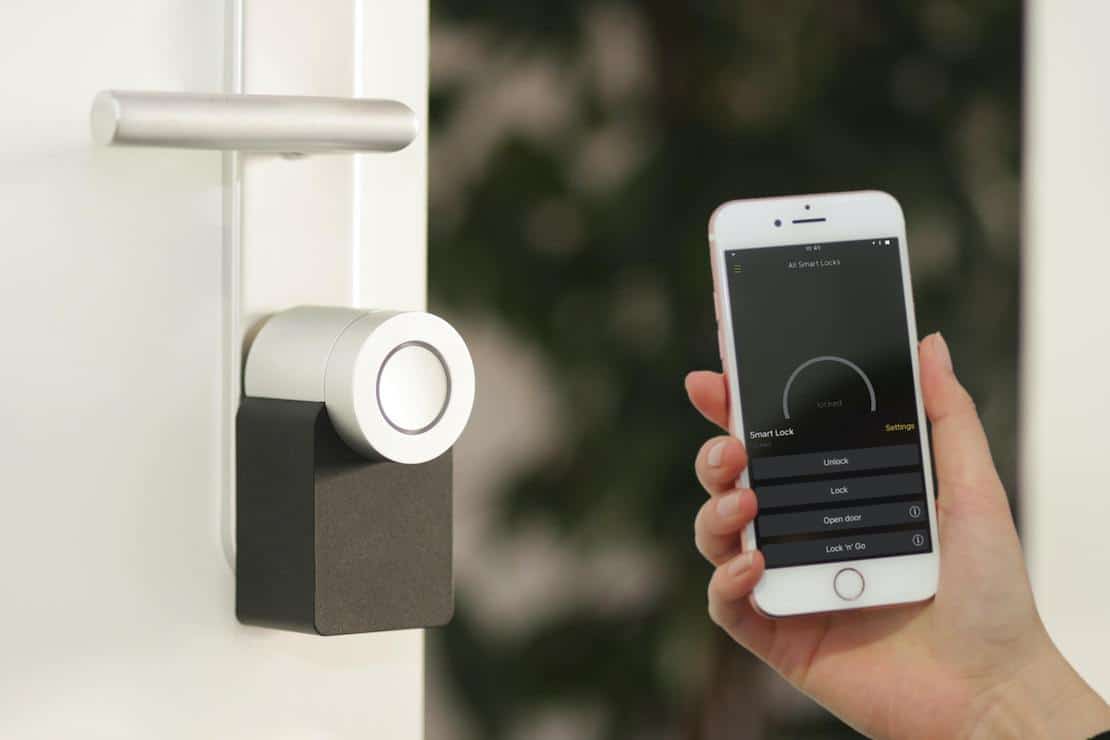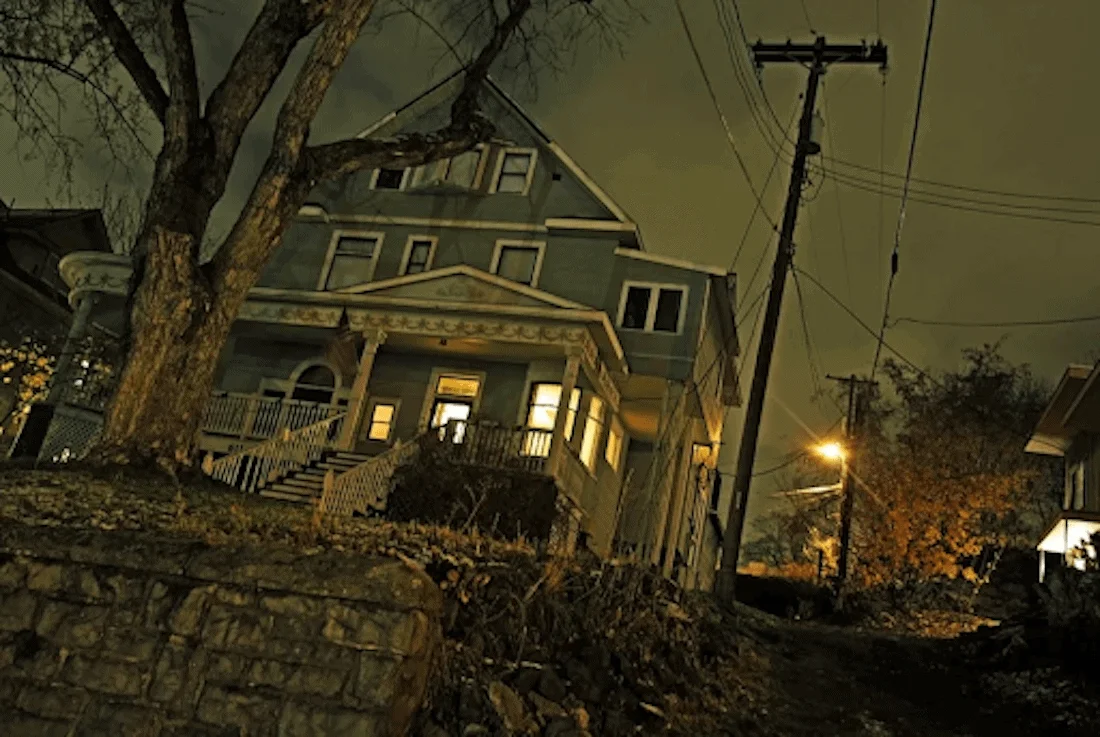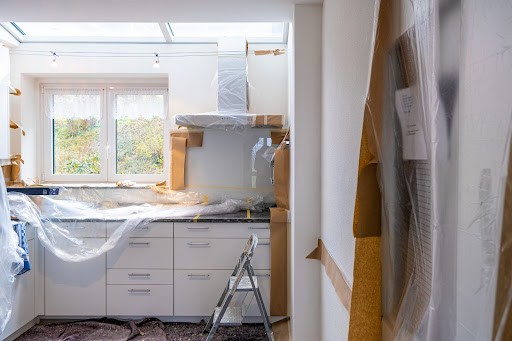
Renovating your home is already a stressful time – worrying about your home’s security does not make it easier. The project could leave areas of your home compromised, materials out in the open, and maybe even more strangers in your home. It’s during this time that home security is most important! Luckily, we’ve created a handy guide to help homeowners navigate maintaining the safety of themselves and their belongings while they update their homes.
Do a Background Check on the Contractor
It is always wise to do a thorough background check on anyone who frequents your home, especially contractors. Background checks ensure that the contractor is credible and trustworthy.
If you opt-out of doing a background check, another good route is to ask friends and family for referrals. If someone you know had a great experience with a contractor, then it would only benefit you more to choose them for your project!
When in doubt, you can always ask the contractor for tips on securing your home during its renovation process. You can also inquire about recommendations they might have considered having ample experience renovating homes.
Avoid Giving Keys to Strangers
While it might make things easier, don’t give your contractor an extra set of keys for easy access to your home. Generally, a good rule of thumb to follow in regards to your house keys is not to give them to people you don’t know or trust.
There are moments where you find it more convenient to let someone come and go as they please, but that gives them access to your belongings whenever they please. You also cannot verify whether or not they duplicated your key, so it’s best to be around to let them in whenever they need access.
Lock Your Valuables Away
Not only would keeping your valuables stored away during the renovation keep them out of the way from dust and debris, but it also ensures they stay safe. Locking valuable items away in a locked closet or a safe is the best thing to do whenever you have strangers in your home.
You could always go the extra mile with large, expensive items and choose to rent a storage unit. A unit is a more extreme precaution to take, but nothing is too safe whenever it comes to maintaining your home’s safety! Exposed walls and new faces could pose a risk – it’s better to be safer than sorry.
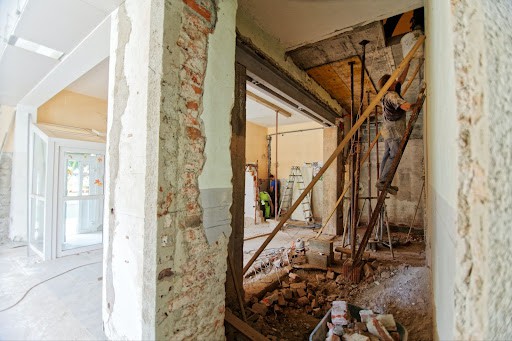
Update Your Security System
One of the most effective deterrents of theft is a security system. Nowadays, there are many different systems you can install in or around your home to keep thieves away. Most security systems allow for remote monitoring – even while you’re away from the project, you can keep a close eye on things.
If a full-blown security system doesn’t suit your needs, Pop-A-Lock has a handy security checklist that would help. This checklist serves as a security audit and will walk you through various points in your home to look over. It serves as a helpful guide in not only preventing break-ins, but also deterring them from your property.
Let Pop-A-Lock Rekey Your Home’s Locks
Lastly, the best form of precaution you can take during a home renovation is to rekey your locks afterward. Once the job is finished, rekeying the locks on your doors will solidify your knowledge of exactly who has access to your home. Rekeying ensures that the old keys do not give access to your home in case someone did get a hold of an extra set.
Pop-A-Lock makes rekeying your locks quite simple! Visit our website to make an appointment, then one of our expert technicians will come directly to your home to rekey your locks. We offer that and many other services that you’ll find very beneficial after remodeling your home. Check out all of our residential services by clicking here!

